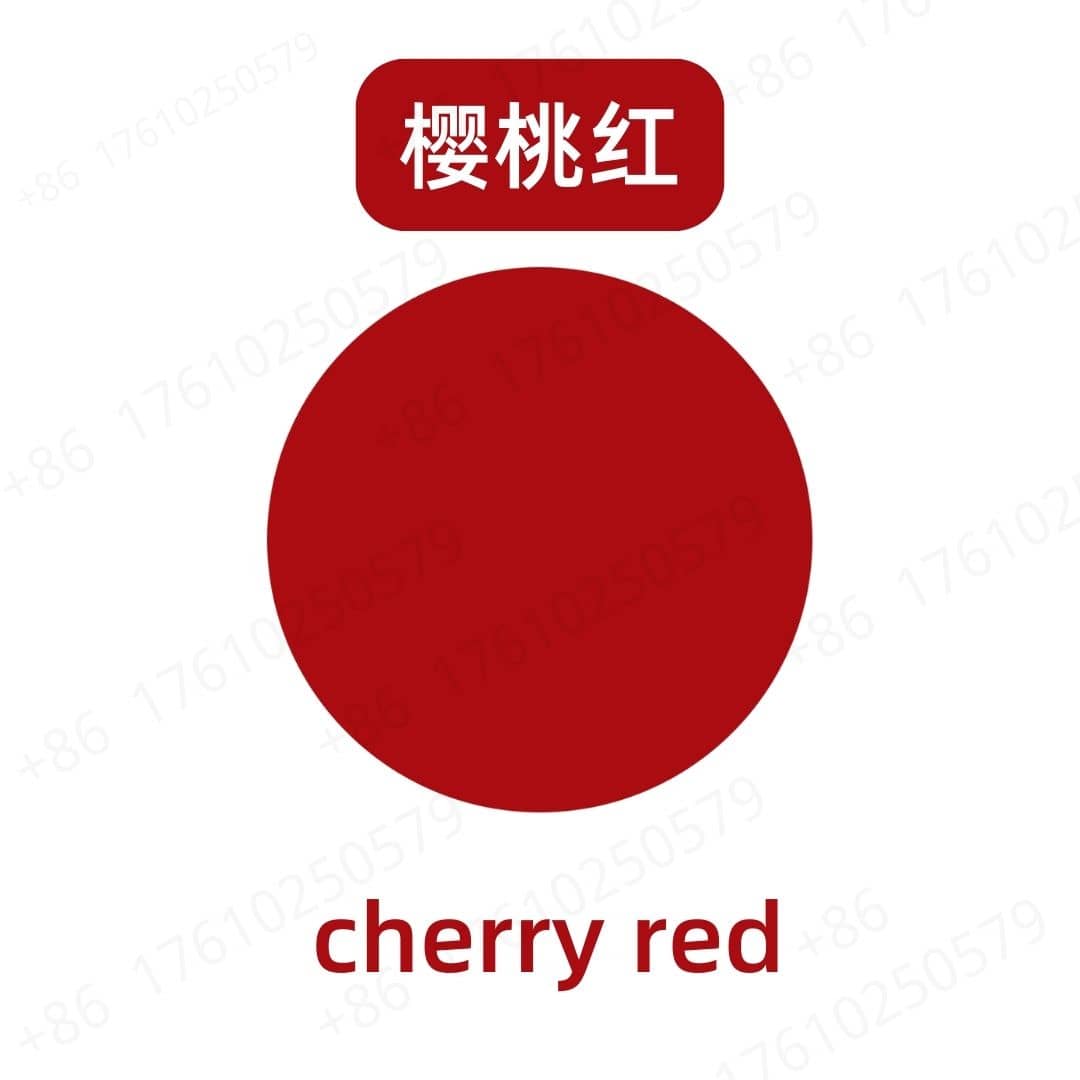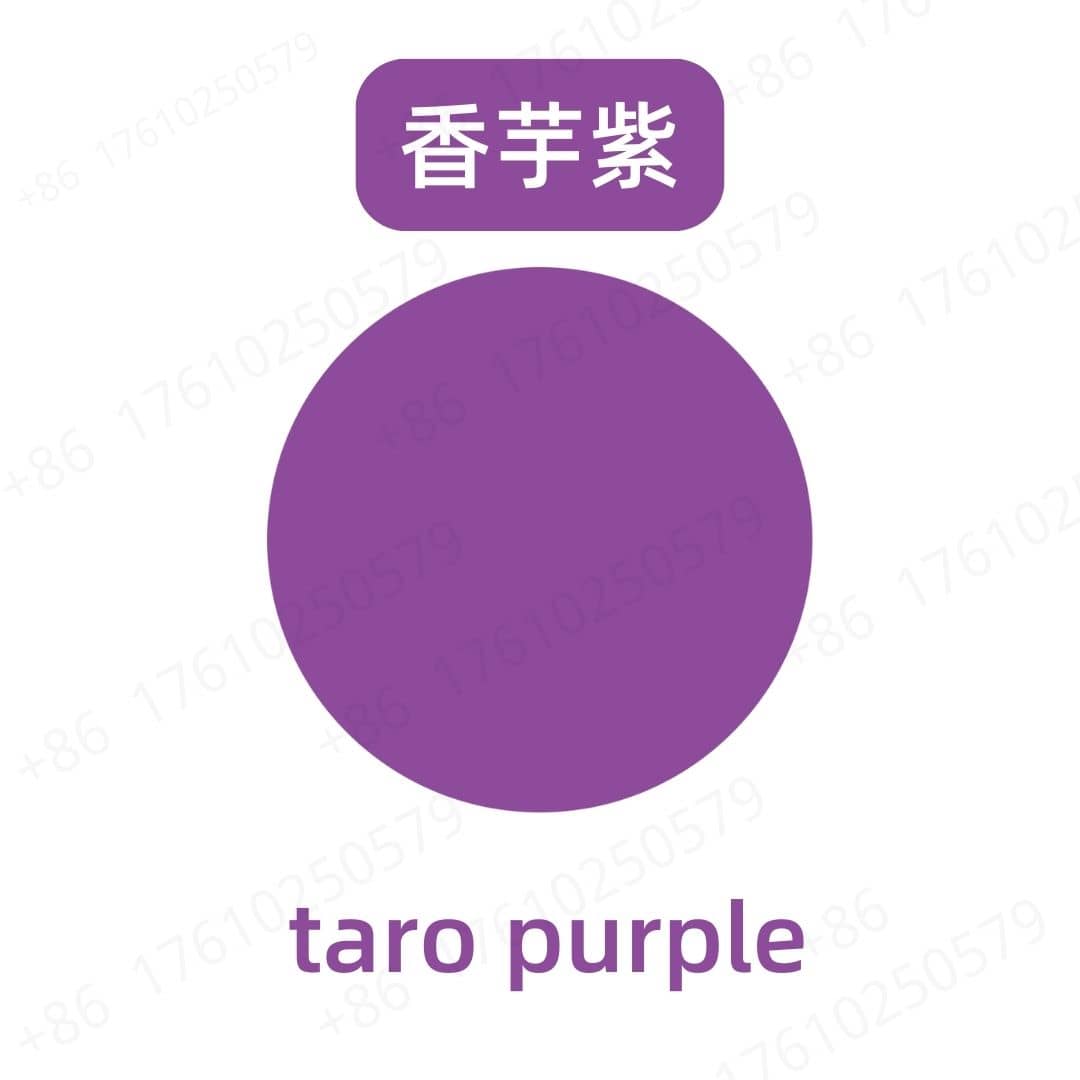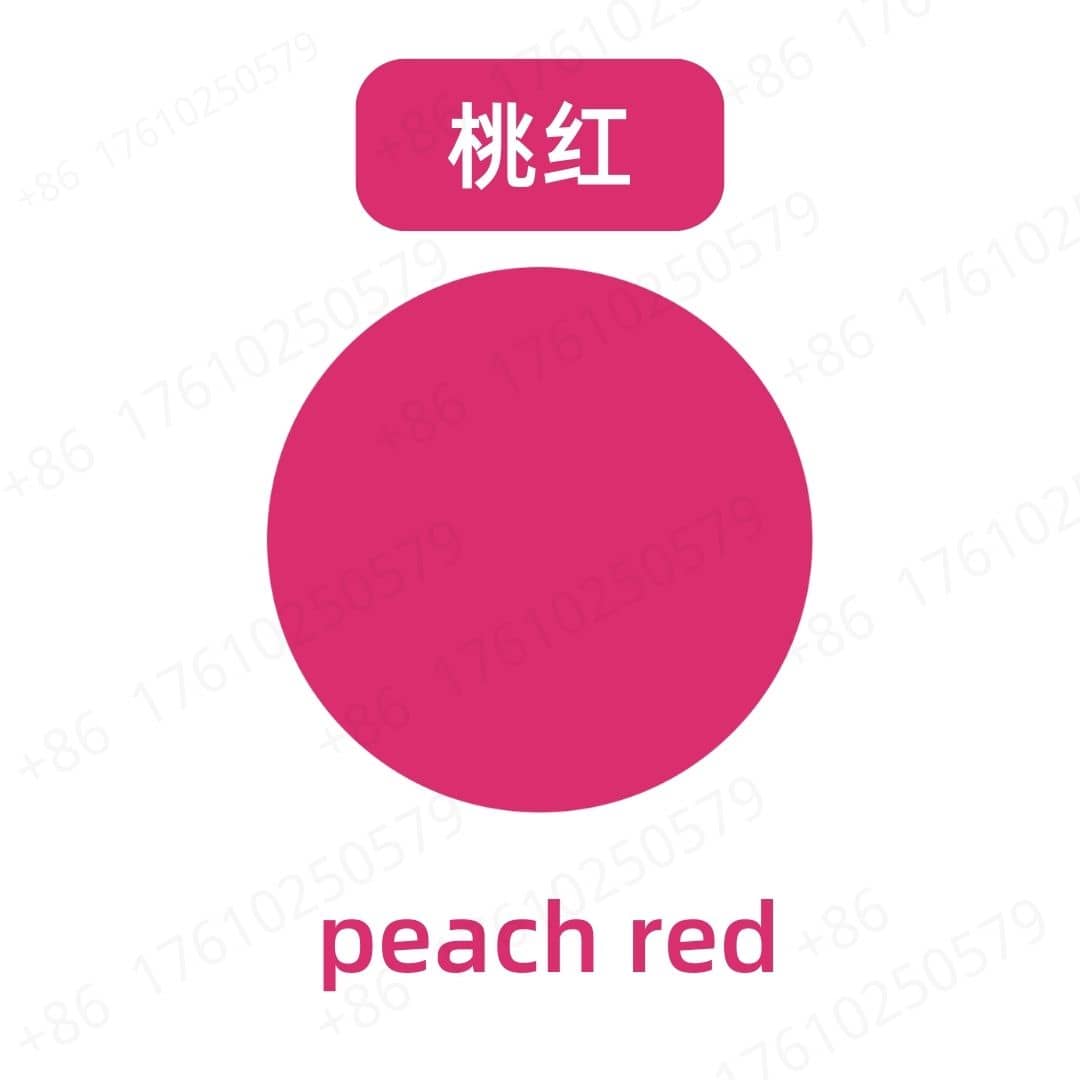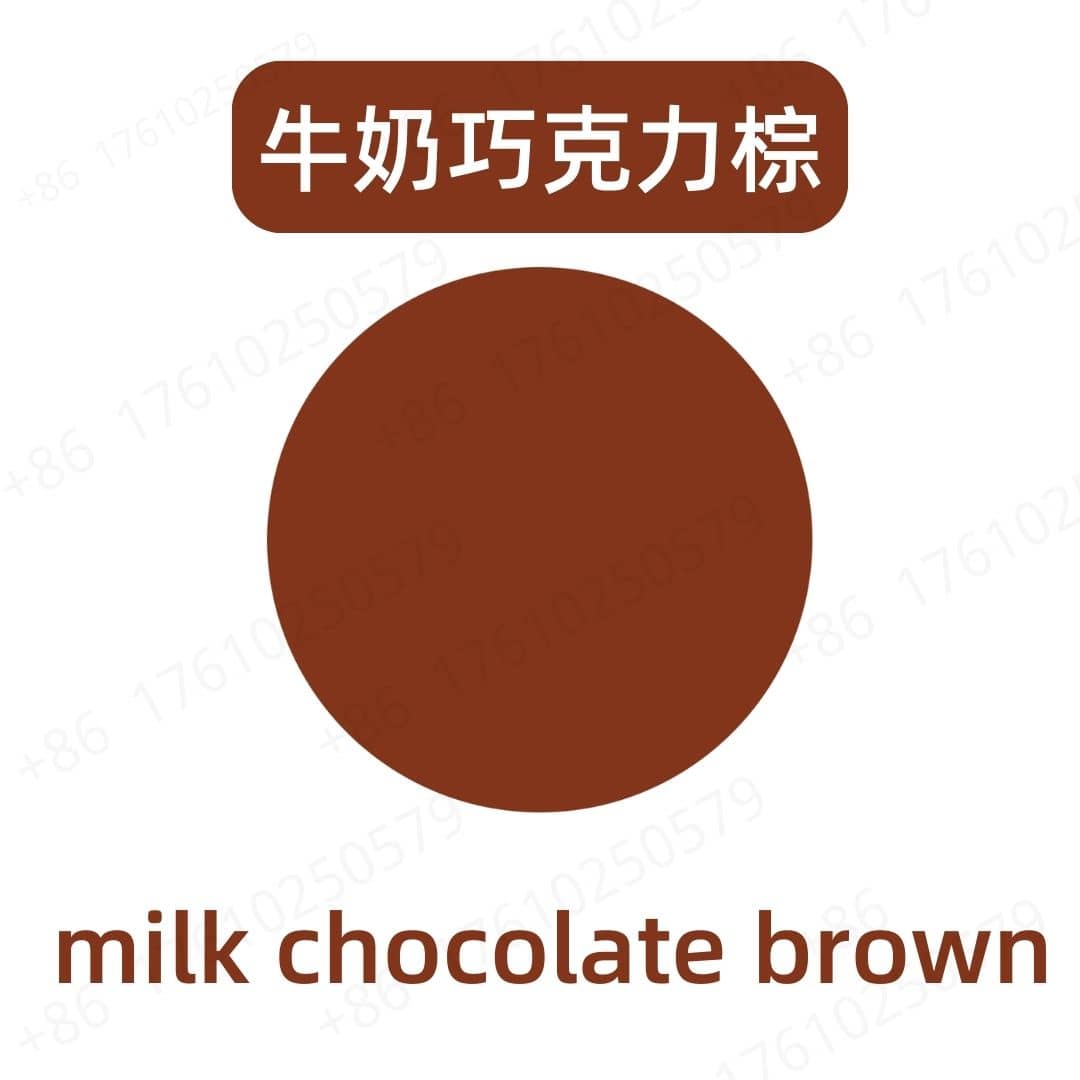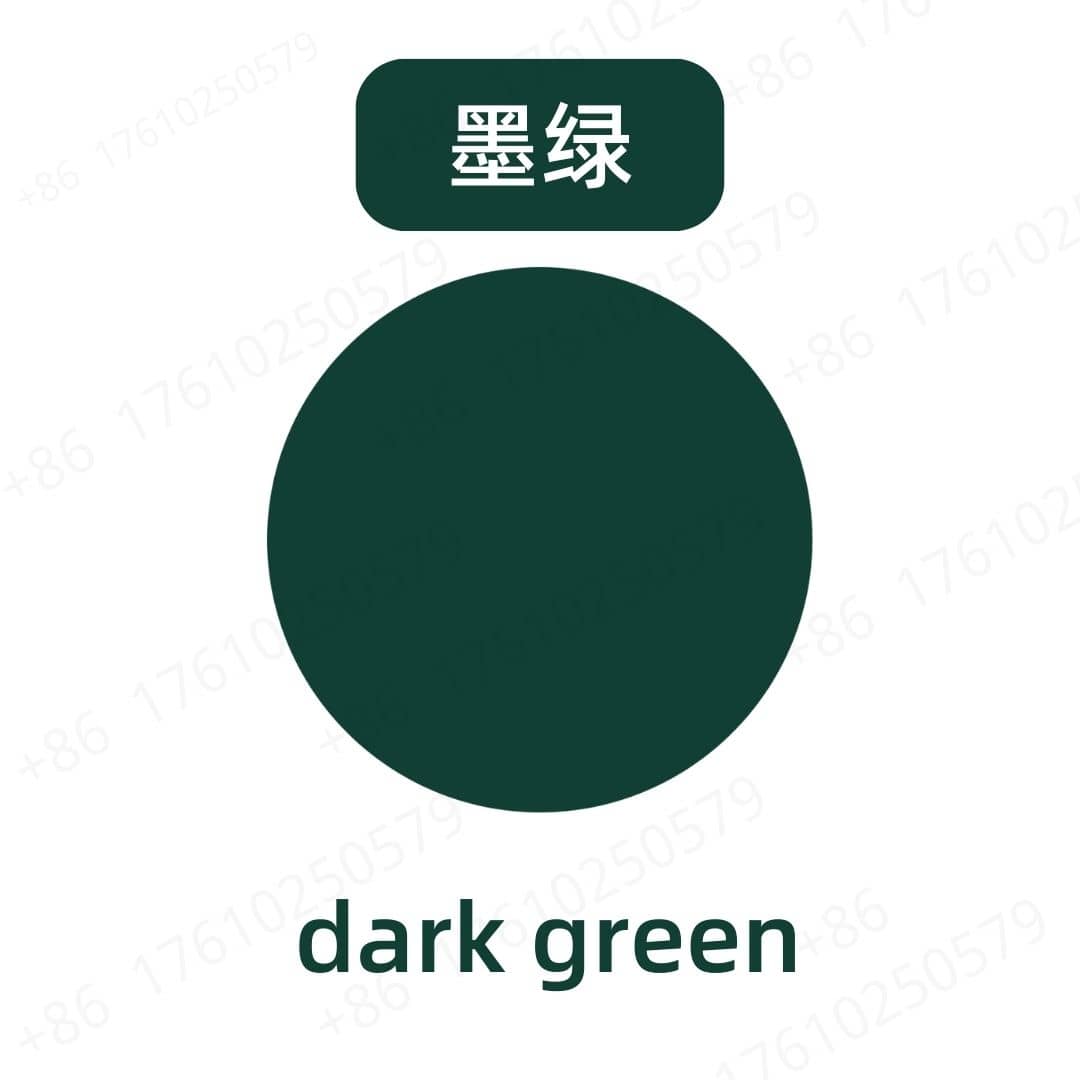Product Introduction
Violet pigment is a colorant widely used to impart a vibrant purple hue to various products. It can derive from both synthetic and natural sources, offering versatility in its applications. In the food industry, violet pigment enhances the aesthetics of products, making them more appealing to consumers. For cosmetics and personal care products, it adds a lively touch that attracts customer attention. The pigment's stability and vividness make it popular across different industries.
Production Process
The production of violet pigment typically involves synthesizing organic compounds that yield the desired coloration. The process may include purification steps to ensure high-quality and consistent color output. In cases where natural sources are used, extraction methods are employed to obtain the color from plants or other materials. After extraction or synthesis, the pigment is processed into a fine powder suitable for various applications. Strict quality control measures are implemented throughout the production stage to maintain pigment properties.
Application Scenarios
Violet pigment finds applications in a variety of fields. In the food industry, it is used in confectionery, beverages, and dairy products to create visually appealing items. The cosmetic sector utilizes violet pigment in products like lipsticks, eye shadows, and lotions, enhancing their visual attributes. Textile manufacturers also use violet pigment to dye fabrics, ensuring a lasting and vibrant color. Additionally, it can be applied in arts and crafts, helping creators achieve specific color schemes.
Packaging and Storage
Storage Conditions: Store in a sealed, light-proof container, away from high temperatures, in a dry, cool, and well-ventilated place.
Packaging: Bulk: 25kg/fiber drum; Sample: 1kg/aluminum foil bag; Custom packaging available upon request.
Shipping Methods: FedEx, DHL, dedicated logistics, and sea freight consolidation.
Shelf Life: Two years
Monica Sun possesses extensive technical expertise and market insights in the food additives industry. She excels in designing efficient and safe additive formulations tailored to various food applications, ranging from sweeteners to functional dietary fibers. Monica has successfully assisted food manufacturers in optimizing ingredient combinations to enhance product quality and improve consumer satisfaction.









